Home>Home Appliances>Kitchen Appliances>How To Dehydrate Sweet Potatoes Without A Dehydrator
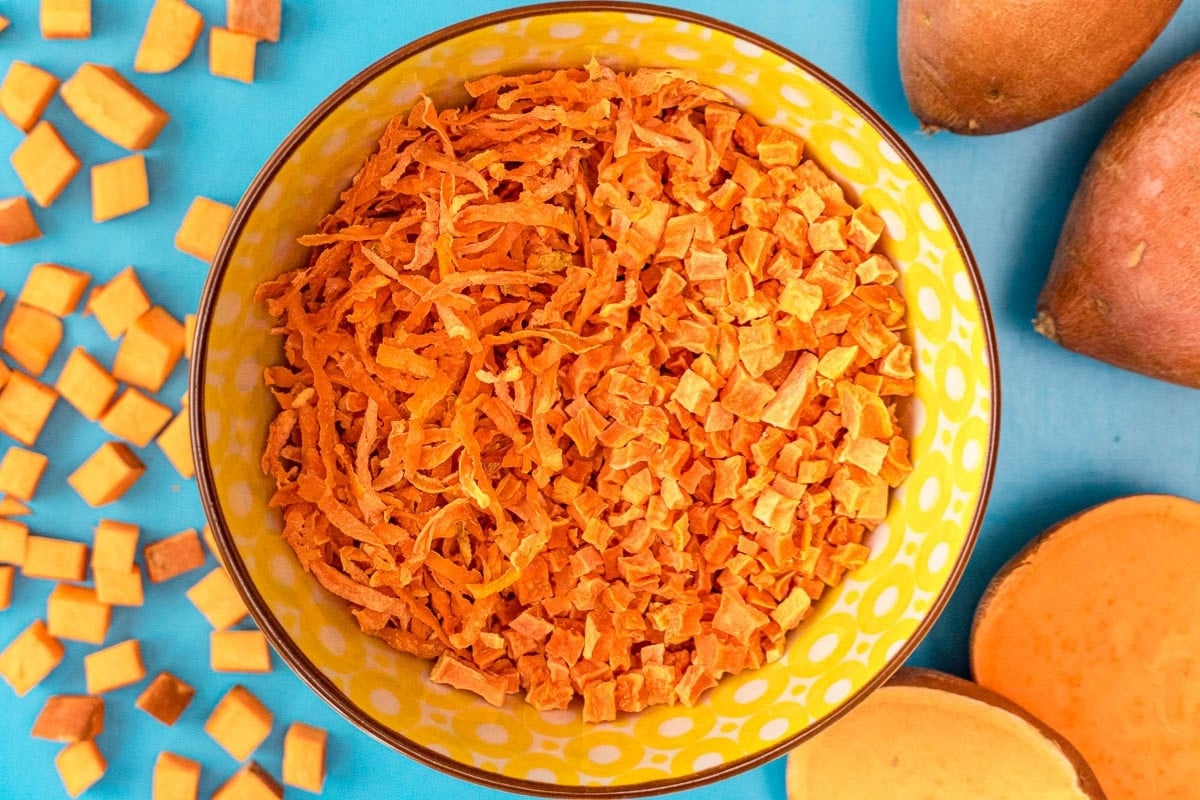

Kitchen Appliances
How To Dehydrate Sweet Potatoes Without A Dehydrator
Modified: February 28, 2024
Learn how to dehydrate sweet potatoes without a dehydrator using common kitchen appliances. Enjoy homemade dehydrated sweet potatoes easily at home. Discover the simple process now!
(Many of the links in this article redirect to a specific reviewed product. Your purchase of these products through affiliate links helps to generate commission for Storables.com, at no extra cost. Learn more)
Introduction
Dehydrating sweet potatoes is a fantastic way to preserve this nutritious and delicious vegetable for extended periods. Whether you want to create your own healthy snacks or ensure a longer shelf life for your sweet potatoes, dehydrating them is a simple and rewarding process. While using a dehydrator is the most common method for this task, not everyone has one readily available. However, fear not, as you can still achieve the same results using a standard oven. In this guide, we will walk you through the process of dehydrating sweet potatoes without a dehydrator, allowing you to enjoy the benefits of this preservation method using equipment you likely already have in your kitchen.
Dehydrated sweet potatoes are not only convenient for snacking but also serve as a versatile ingredient in various recipes. They can be rehydrated and used in soups, stews, and casseroles, or ground into a powder to enhance the nutritional value of baked goods and smoothies. By learning how to dehydrate sweet potatoes without a dehydrator, you can expand your culinary repertoire and reduce food waste by preserving excess produce.
Additionally, dehydrating sweet potatoes at home enables you to control the ingredients and avoid the additives often found in store-bought dehydrated products. You can customize the seasoning and flavoring to suit your preferences, creating a healthier alternative to processed snacks. With a bit of patience and the right techniques, you can successfully dehydrate sweet potatoes in your oven, ensuring a steady supply of this nutritious and delicious ingredient for your culinary endeavors. So, let’s dive into the process and discover how simple and rewarding it can be to dehydrate sweet potatoes without a dehydrator.
Key Takeaways:
- Dehydrating sweet potatoes without a dehydrator is easy using your oven. Just slice, blanch, and bake at a low temperature for a nutritious and versatile ingredient that lasts up to a year when stored properly.
- Select fresh sweet potatoes, slice them uniformly, and store them in airtight containers for long-lasting dehydrated sweet potatoes. Enjoy as a snack or in various recipes for a convenient and nutritious addition to your pantry.
Read more: How To Store Dehydrated Potatoes
Choosing the Right Sweet Potatoes
When preparing to dehydrate sweet potatoes, selecting the right produce is crucial for achieving optimal results. Look for firm, unblemished sweet potatoes with smooth skin and vibrant color. Ideally, choose medium to large sweet potatoes, as they are easier to handle and provide more substantial slices or chunks once dehydrated.
While there are various types of sweet potatoes available, including Beauregard, Jewel, and Garnet, any of these varieties can be dehydrated successfully. The key is to pick sweet potatoes that are fresh and free from soft spots or sprouting. The fresher the sweet potatoes, the better the end result will be.
It’s also important to consider the size and shape of the sweet potatoes in relation to your dehydrating equipment. If you plan to slice the sweet potatoes into rounds or strips, ensure they are not too large to fit comfortably on your dehydrator trays or baking sheets. For oven dehydration, uniform sizes and shapes are beneficial for even drying and consistent results.
Before proceeding with the dehydration process, give the sweet potatoes a thorough wash and scrub to remove any dirt or debris. This step is essential, as it ensures that the dehydrated sweet potatoes will be clean and safe for consumption. Once cleaned, pat the sweet potatoes dry with a kitchen towel before peeling or slicing them, as excess moisture can impede the dehydration process.
By carefully selecting fresh, high-quality sweet potatoes and preparing them properly, you set the stage for successful dehydration. The next step is to prepare the sweet potatoes for the dehydration process, ensuring that they are sliced or cut to the appropriate size and thickness for efficient drying.
Preparing the Sweet Potatoes
Before dehydrating sweet potatoes, it’s essential to prepare them properly to facilitate the drying process and ensure the best possible results. Start by peeling the sweet potatoes to remove the skin, as this can be tough and may not dehydrate well. Once peeled, use a sharp knife or a mandoline slicer to cut the sweet potatoes into uniform slices or strips. Aim for a thickness of approximately 1/8 inch, as this allows for even drying and consistent texture in the final product.
When slicing the sweet potatoes, exercise caution and maintain a consistent thickness to promote uniform dehydration. This step is crucial, as it determines how quickly and evenly the sweet potatoes will dry, impacting the overall quality of the dehydrated product. If the slices are too thick, they may not dehydrate thoroughly, while slices that are too thin can become overly crisp and lose their desirable texture.
After slicing the sweet potatoes, you may choose to blanch them briefly in boiling water to help preserve their color and remove excess starch. Blanching can also aid in the preservation of nutrients and the prevention of enzymatic activity that may cause discoloration during the dehydration process. To blanch the sweet potato slices, submerge them in boiling water for 2-3 minutes, then transfer them to an ice water bath to halt the cooking process. Once cooled, pat the slices dry with a kitchen towel to remove any excess moisture before proceeding with dehydration.
At this stage, you have prepared the sweet potatoes for dehydration, and they are ready to undergo the drying process. Whether using an oven or a dehydrator, the next steps will guide you through the specific techniques for dehydrating sweet potatoes without a dehydrator, allowing you to achieve excellent results using common kitchen equipment.
With the sweet potatoes sliced and prepared, you are now ready to proceed with the dehydration process, using your oven to achieve the same results as a dedicated dehydrator. This method offers a convenient and accessible way to produce dehydrated sweet potatoes that can be enjoyed as snacks or used as ingredients in a variety of culinary creations.
Slice the sweet potatoes into thin, even pieces. Place them on a baking sheet in a single layer and bake at 200°F for 2-3 hours, flipping halfway through. Let them cool and store in an airtight container.
Dehydrating the Sweet Potatoes in the Oven
Dehydrating sweet potatoes in the oven is a simple and effective alternative to using a dedicated dehydrator. This method allows you to achieve the same results using equipment commonly found in most kitchens. To begin, preheat your oven to the lowest setting, typically around 125-150°F (50-65°C). The low temperature is crucial for gently removing moisture from the sweet potatoes without cooking them.
Once the oven is preheated, arrange the prepared sweet potato slices in a single layer on a parchment-lined baking sheet. It’s important to ensure that the slices do not overlap, as this can hinder the dehydration process by trapping moisture between the pieces. If necessary, use multiple baking sheets to accommodate all the sweet potato slices without overcrowding them.
Place the baking sheets in the preheated oven and prop the oven door open slightly to allow moisture to escape. This can be achieved by using a wooden spoon or oven-safe utensil to hold the door ajar. Allowing air circulation is essential for the dehydration process, as it facilitates the escape of moisture from the sweet potatoes, resulting in crisp and thoroughly dehydrated slices.
Depending on the thickness of the sweet potato slices and the humidity in your environment, the dehydration process may take anywhere from 4 to 8 hours. It’s important to periodically check the sweet potatoes for dryness, as the timing can vary based on individual ovens and conditions. The slices are ready when they are dry to the touch, have shrunk slightly in size, and have a leathery texture with no moisture remaining.
Throughout the dehydration process, rotate the baking sheets and shift the position of the sweet potato slices to ensure even drying. This simple step helps prevent uneven dehydration and ensures that all the slices are uniformly dried to perfection. Once the sweet potato slices are fully dehydrated, remove them from the oven and allow them to cool completely before testing for crispness and storing them in airtight containers.
By dehydrating sweet potatoes in the oven, you can achieve a delicious and nutritious snack or ingredient that is versatile and long-lasting. The gentle dehydration process preserves the natural sweetness and nutrients of the sweet potatoes, providing a wholesome and convenient addition to your culinary endeavors.
Storing Dehydrated Sweet Potatoes
Once you have successfully dehydrated sweet potatoes, proper storage is essential for maintaining their quality and extending their shelf life. Storing dehydrated sweet potatoes in airtight containers or resealable bags helps protect them from moisture and air, which can compromise their texture and flavor over time. Before storing the dehydrated sweet potatoes, ensure that they have cooled completely to room temperature to prevent condensation inside the containers.
When selecting containers for storage, opt for glass jars with tight-sealing lids or food-grade plastic containers that effectively prevent air and moisture from reaching the dehydrated sweet potatoes. Alternatively, resealable plastic bags with the air squeezed out can be used for convenient storage, especially if space is a consideration. Label the containers with the date of dehydration to track the freshness of the sweet potatoes, and store them in a cool, dark, and dry location to maintain their quality.
Properly dehydrated and stored sweet potatoes can retain their quality for up to a year or longer when stored in optimal conditions. However, it’s essential to periodically check the dehydrated sweet potatoes for any signs of moisture or spoilage, especially if they have been stored for an extended period. If you notice any moisture or off odors, discard the sweet potatoes to prevent any potential food safety risks.
Dehydrated sweet potatoes are a versatile ingredient that can be used in various culinary applications. Whether rehydrated for use in soups and stews, ground into a nutritious powder, or enjoyed as a crispy snack, these dehydrated slices offer a convenient and nutritious addition to your pantry. By following the proper storage guidelines, you can ensure that your dehydrated sweet potatoes remain fresh and flavorful, ready to enhance your meals and snacks with their natural sweetness and nutritional benefits.
Tips for Dehydrating Sweet Potatoes Without a Dehydrator
Dehydrating sweet potatoes without a dehydrator is a straightforward process that can yield excellent results with the right techniques and attention to detail. To ensure successful dehydration and optimal quality, consider the following tips and suggestions:
- Selecting the Right Sweet Potatoes: Choose fresh, firm sweet potatoes with vibrant color and smooth skin. Medium to large sweet potatoes are ideal for easier handling and substantial slices once dehydrated.
- Uniform Slicing: Use a sharp knife or mandoline slicer to cut the sweet potatoes into uniform slices or strips, approximately 1/8 inch thick. Consistent thickness promotes even drying and consistent texture in the dehydrated sweet potatoes.
- Blanching for Preservation: Consider blanching the sweet potato slices in boiling water for 2-3 minutes, followed by an ice water bath, to preserve their color and nutrients while reducing enzymatic activity that may cause discoloration during dehydration.
- Low-Temperature Oven Dehydration: Preheat the oven to the lowest setting, typically around 125-150°F (50-65°C), and arrange the prepared sweet potato slices in a single layer on parchment-lined baking sheets. Prop the oven door open slightly to allow moisture to escape, and periodically rotate the baking sheets for even drying.
- Testing for Dryness: Check the sweet potato slices periodically for dryness, ensuring that they are dry to the touch, have shrunk slightly in size, and possess a leathery texture with no remaining moisture. The dehydration process may take 4 to 8 hours, depending on the thickness of the slices and environmental humidity.
- Proper Storage: Store the dehydrated sweet potatoes in airtight containers or resealable bags, ensuring that they have cooled completely to room temperature before sealing. Label the containers with the dehydration date and store them in a cool, dark, and dry location to maintain their quality.
By following these tips and techniques, you can successfully dehydrate sweet potatoes without a dehydrator, creating a versatile and nutritious ingredient that can be enjoyed as a snack or incorporated into a variety of culinary creations. Whether you’re preserving an abundant harvest or simply exploring new ways to enjoy sweet potatoes, the process of dehydrating them without a dehydrator offers a rewarding and flavorful outcome.
Frequently Asked Questions about How To Dehydrate Sweet Potatoes Without A Dehydrator
Was this page helpful?
At Storables.com, we guarantee accurate and reliable information. Our content, validated by Expert Board Contributors, is crafted following stringent Editorial Policies. We're committed to providing you with well-researched, expert-backed insights for all your informational needs.
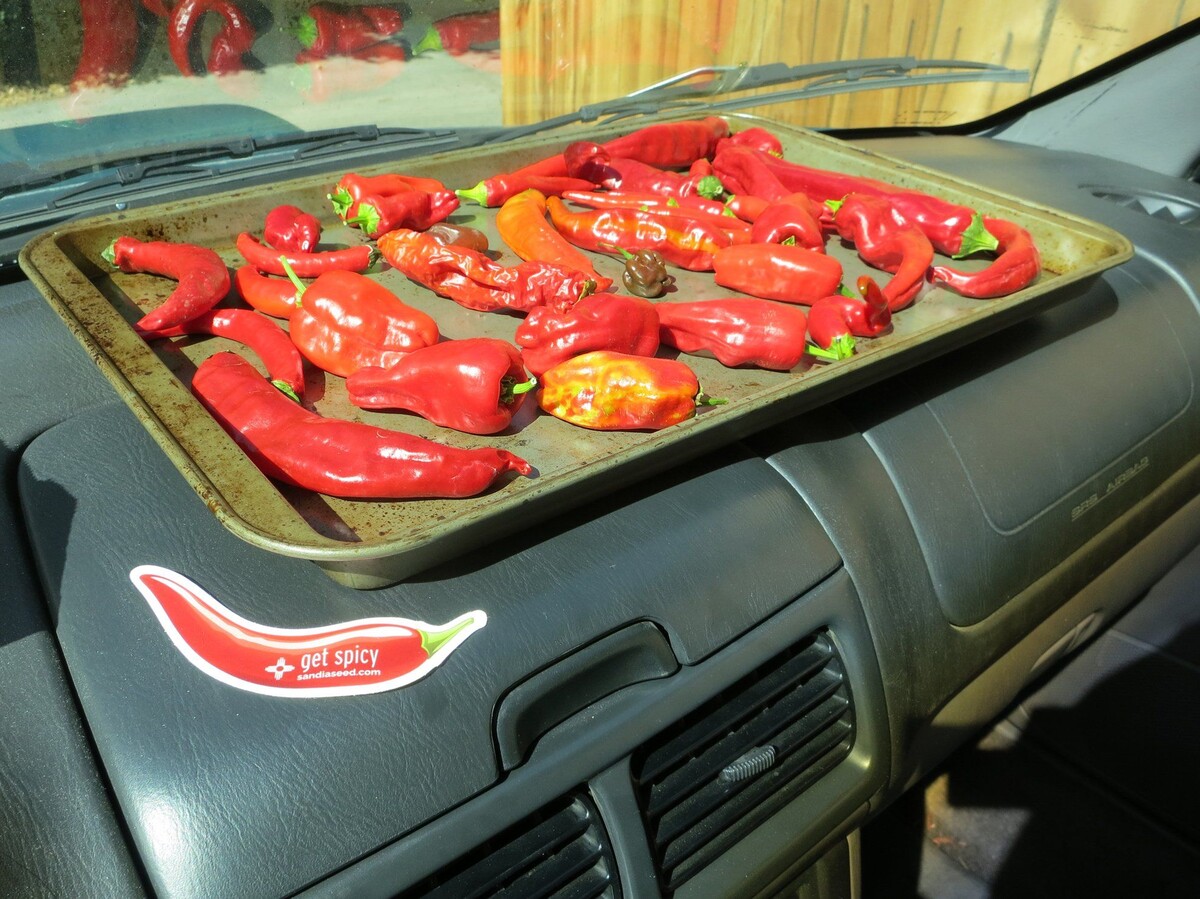
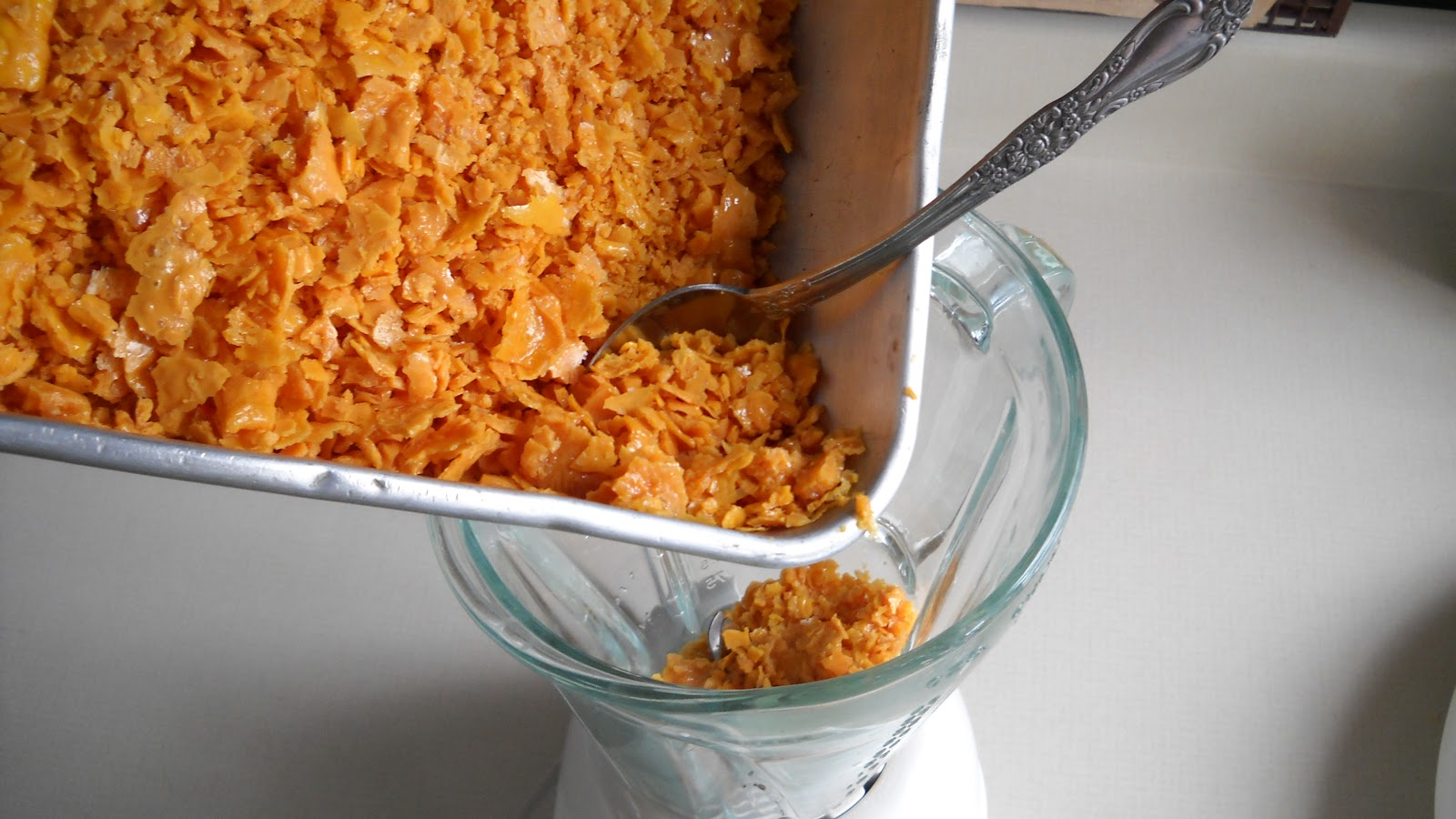
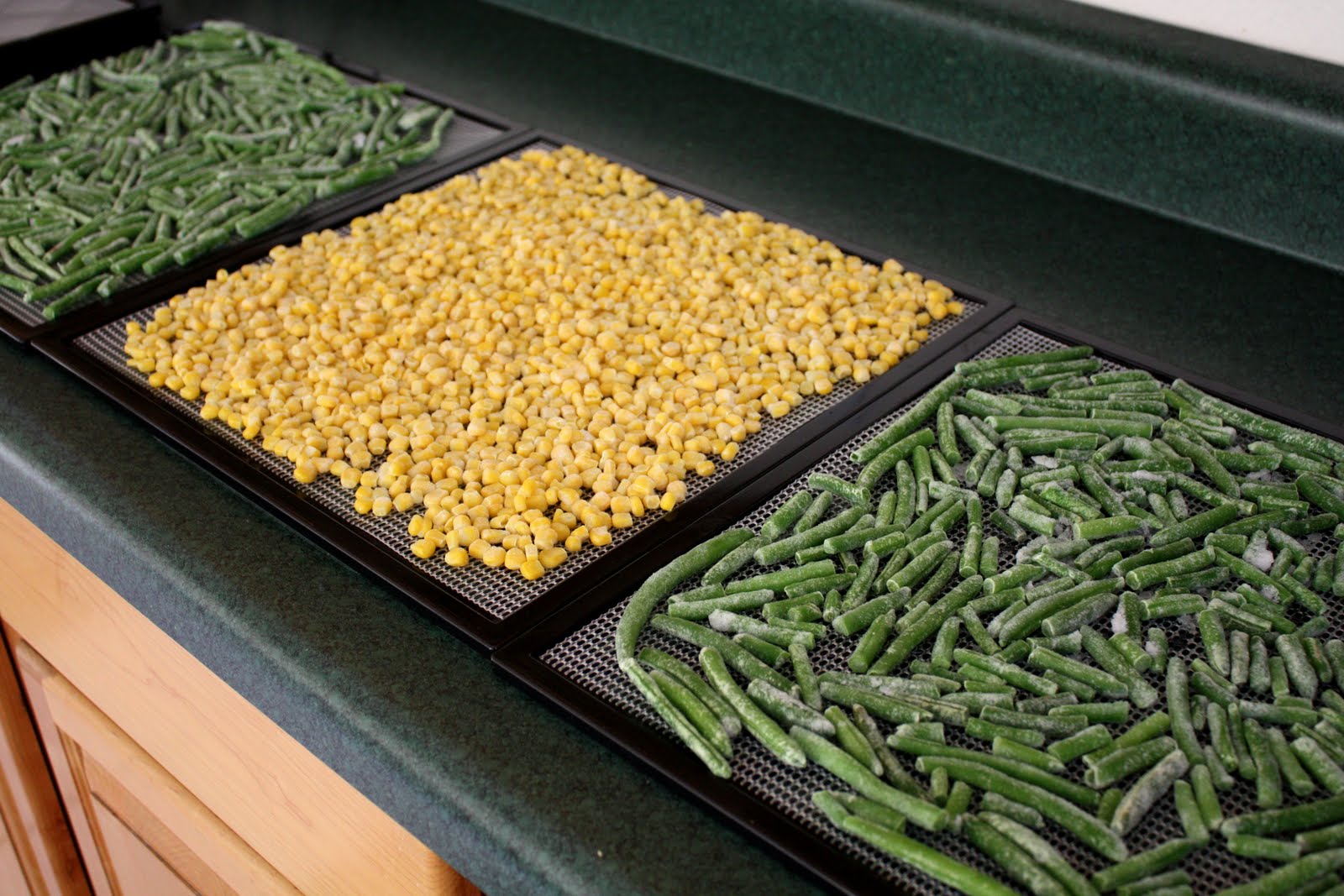
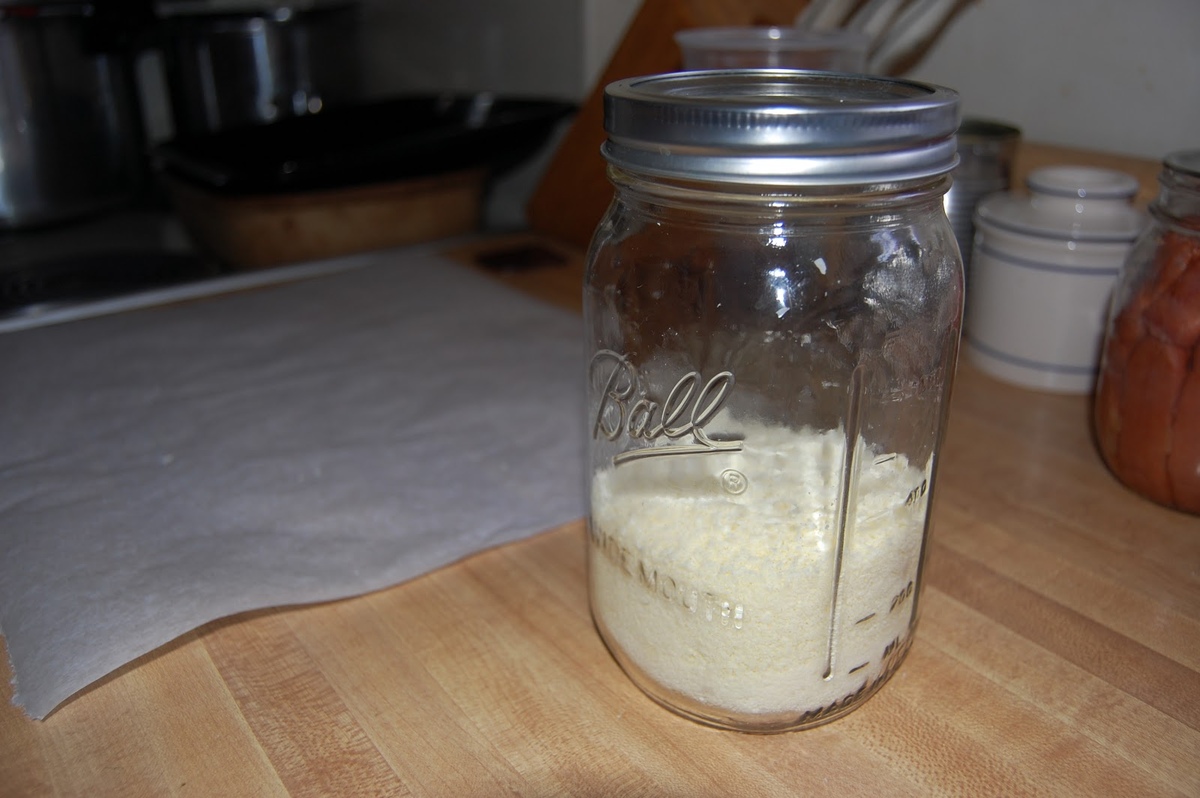
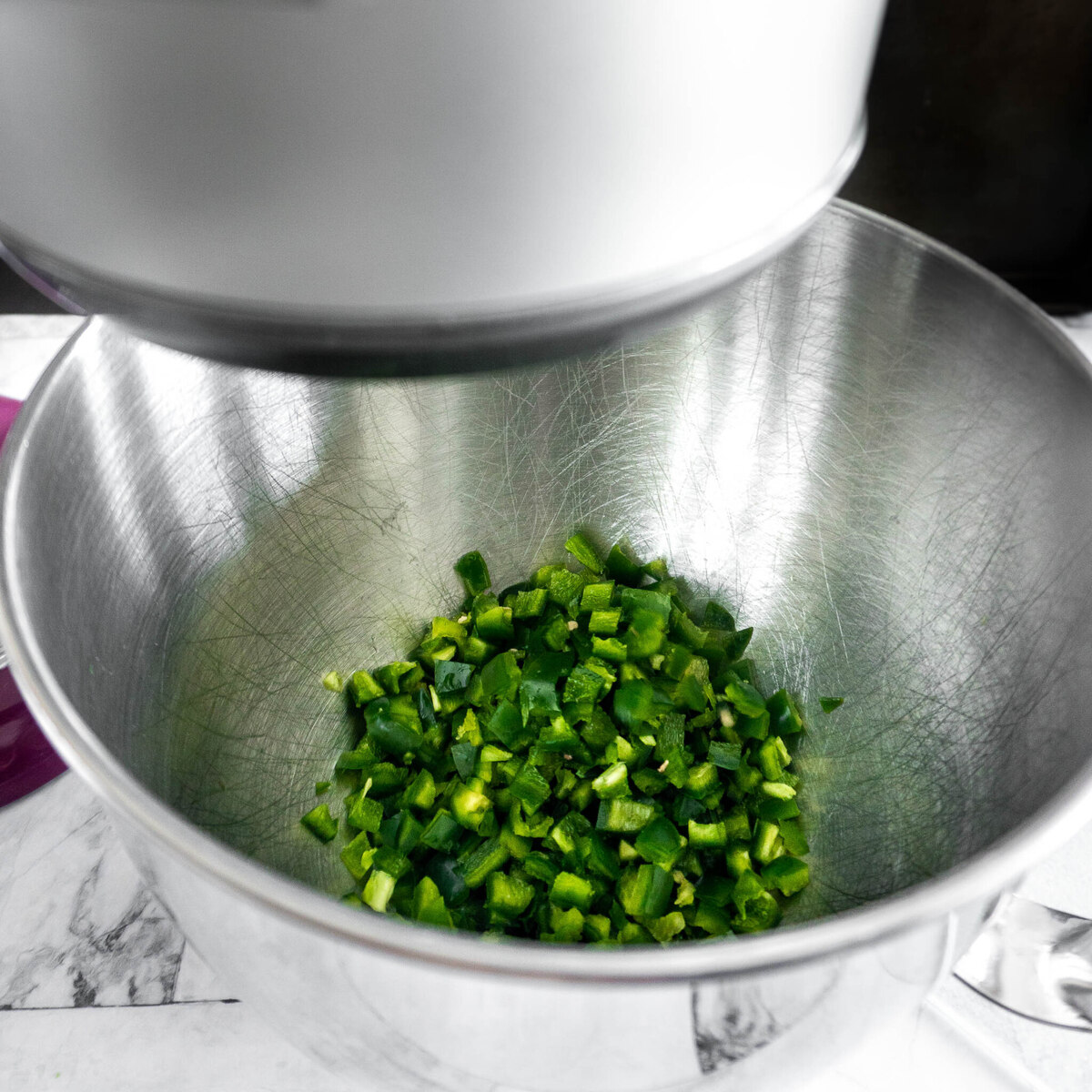
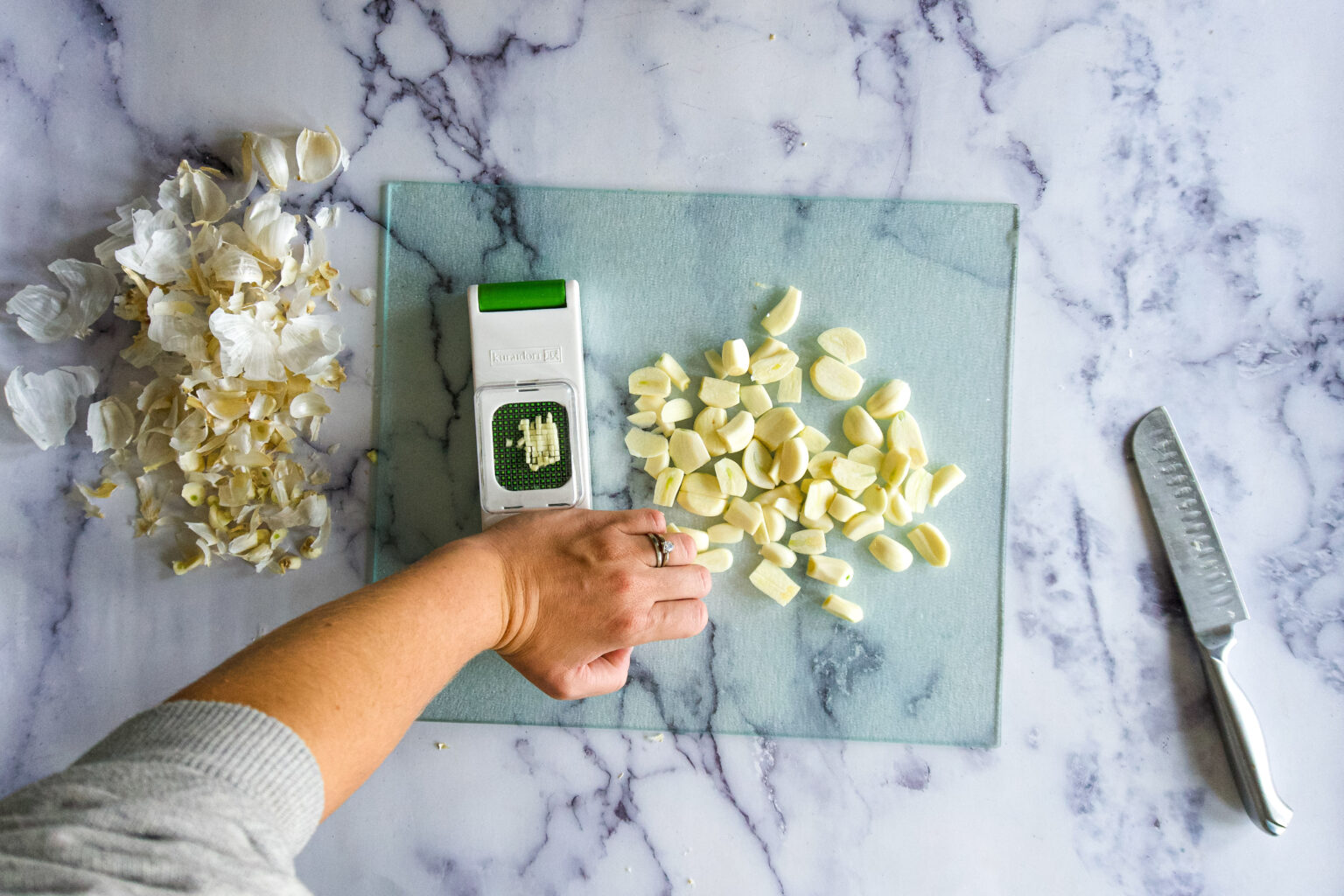
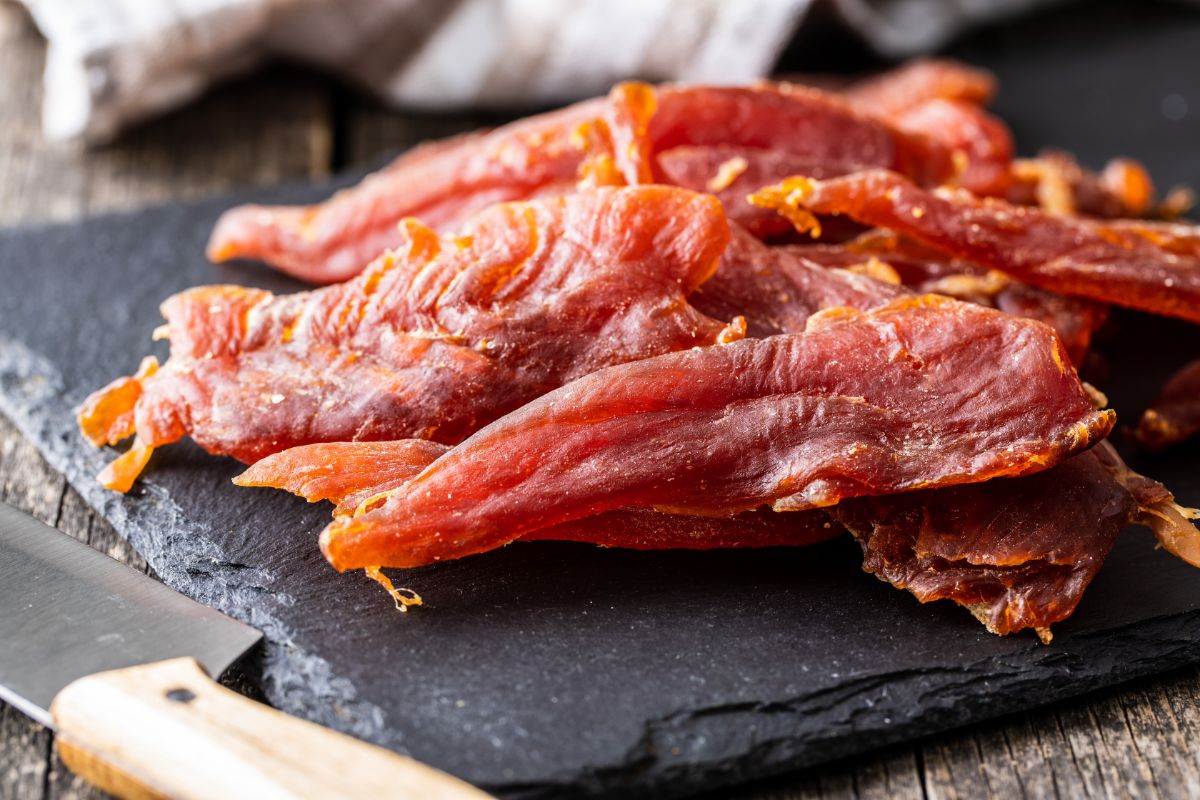
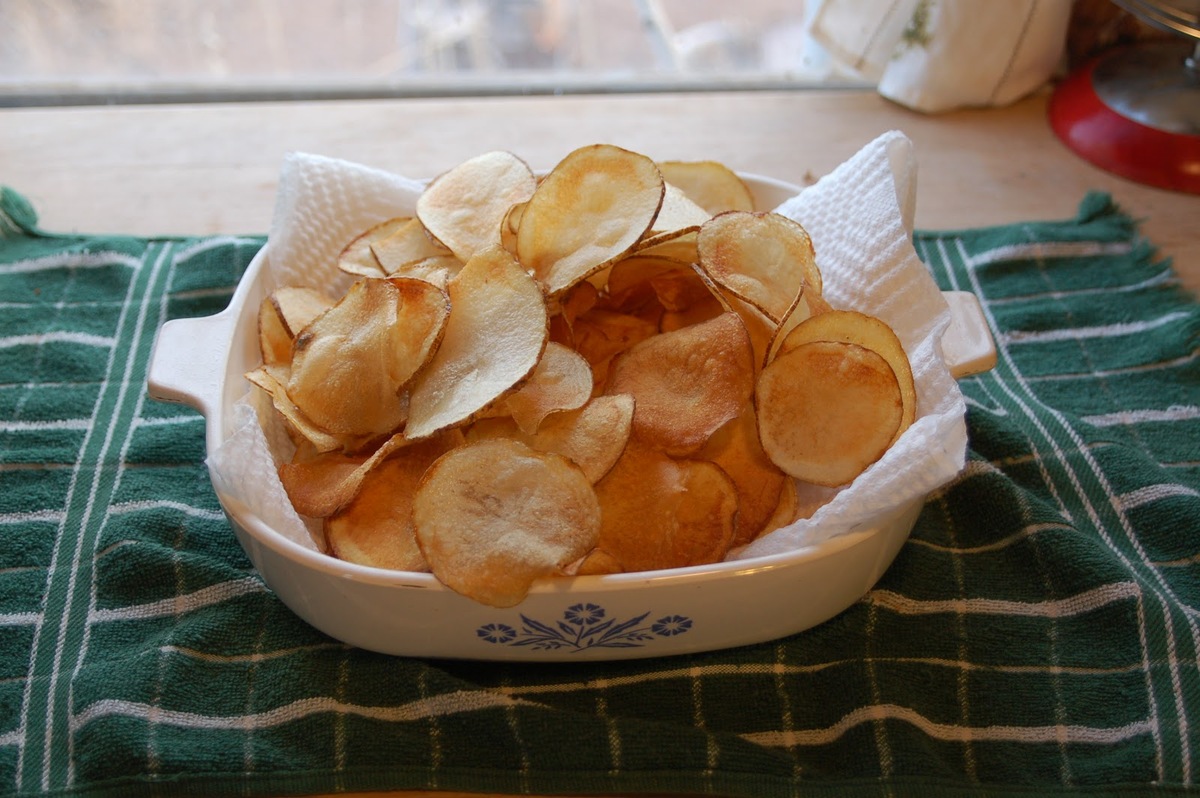
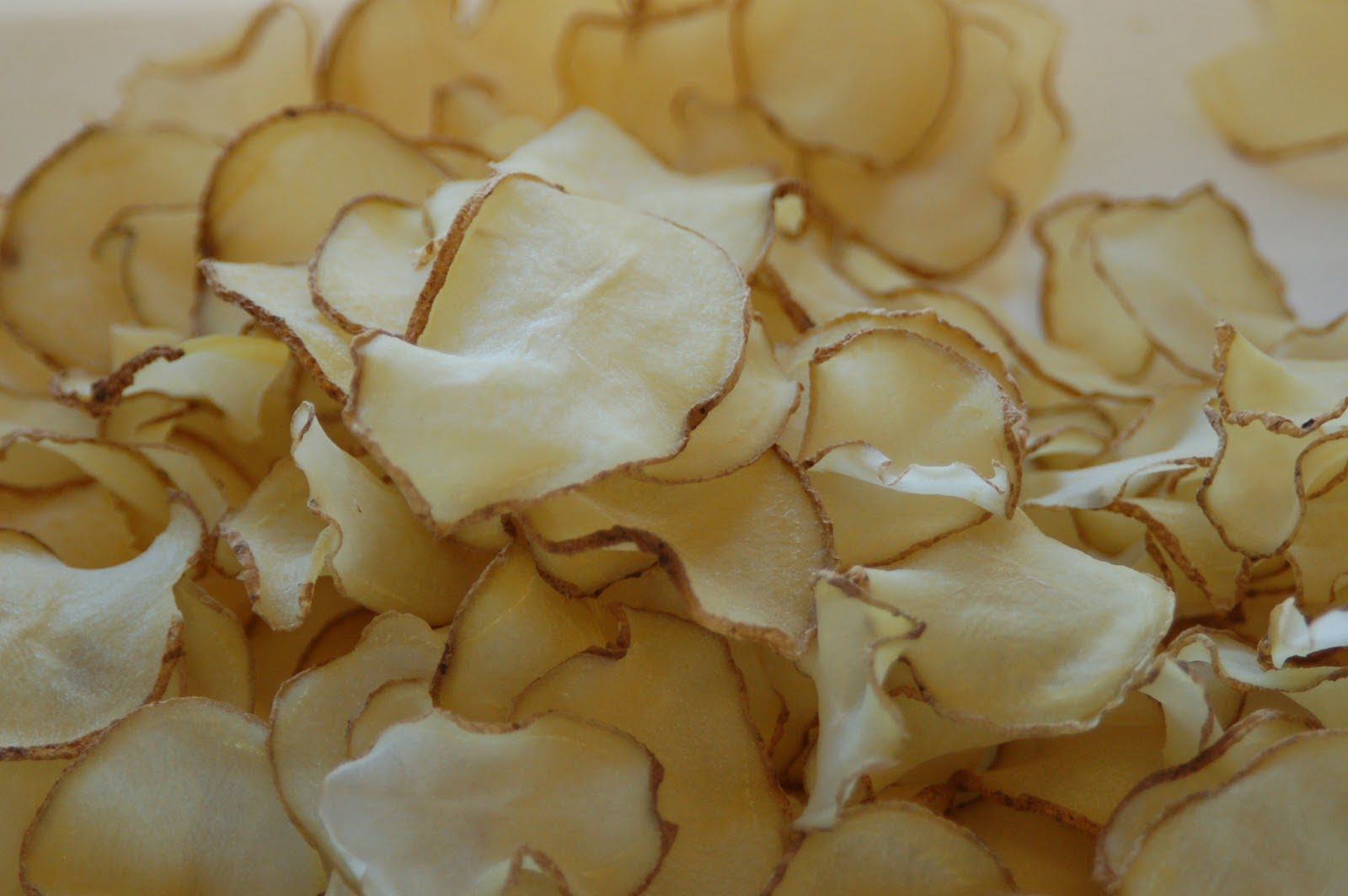

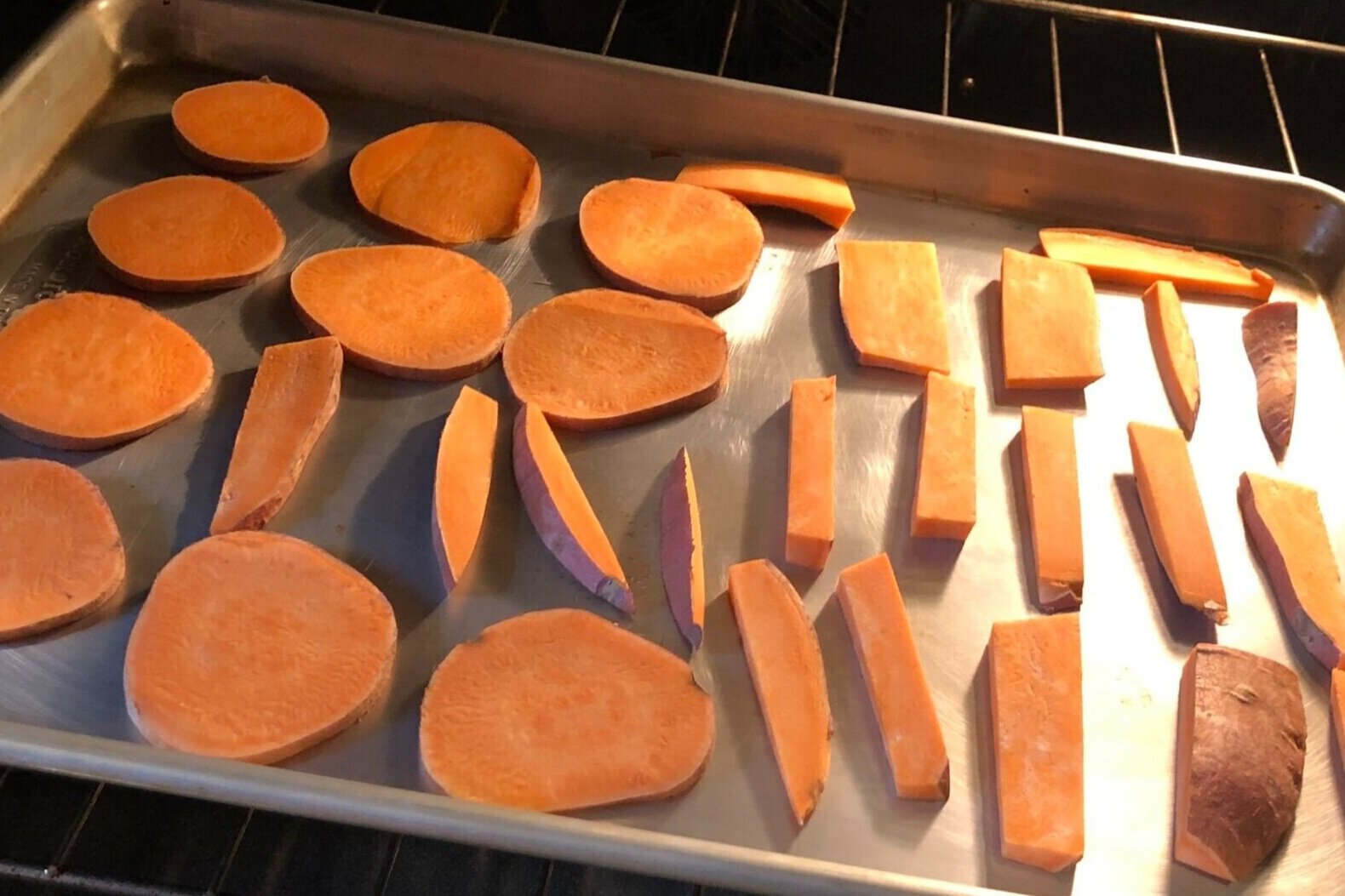
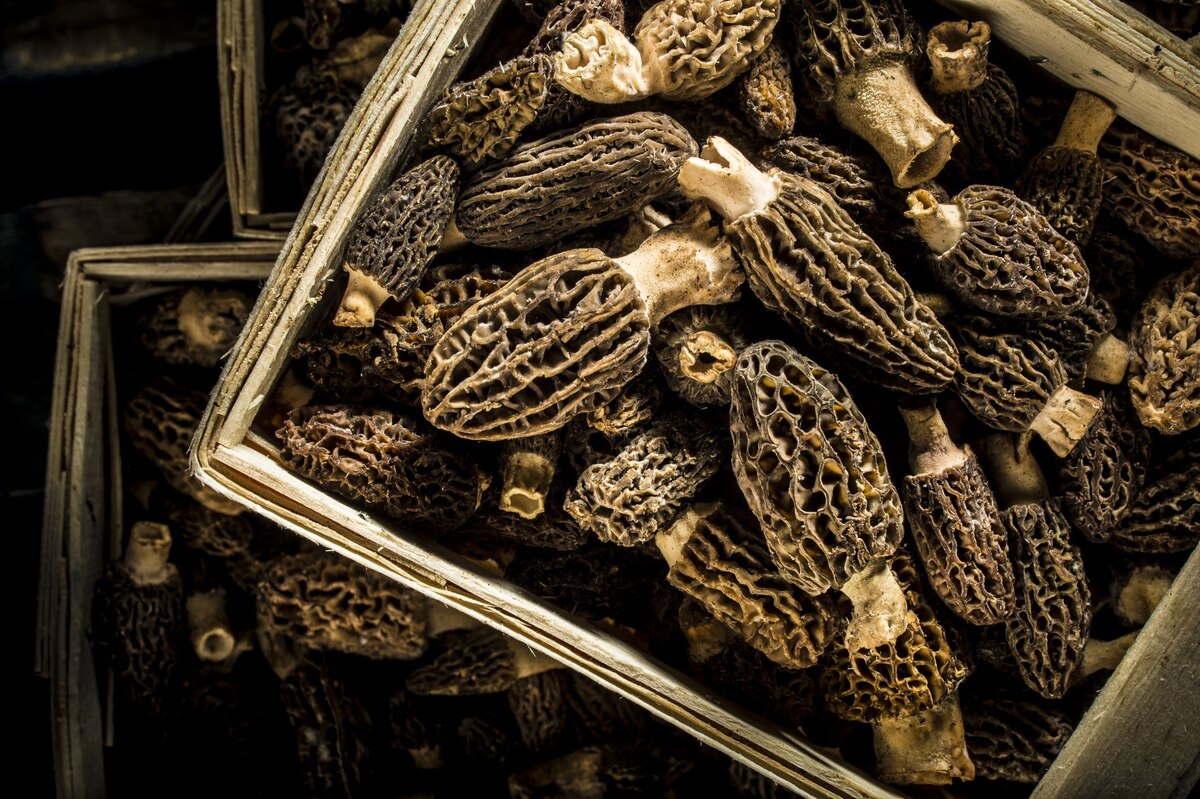
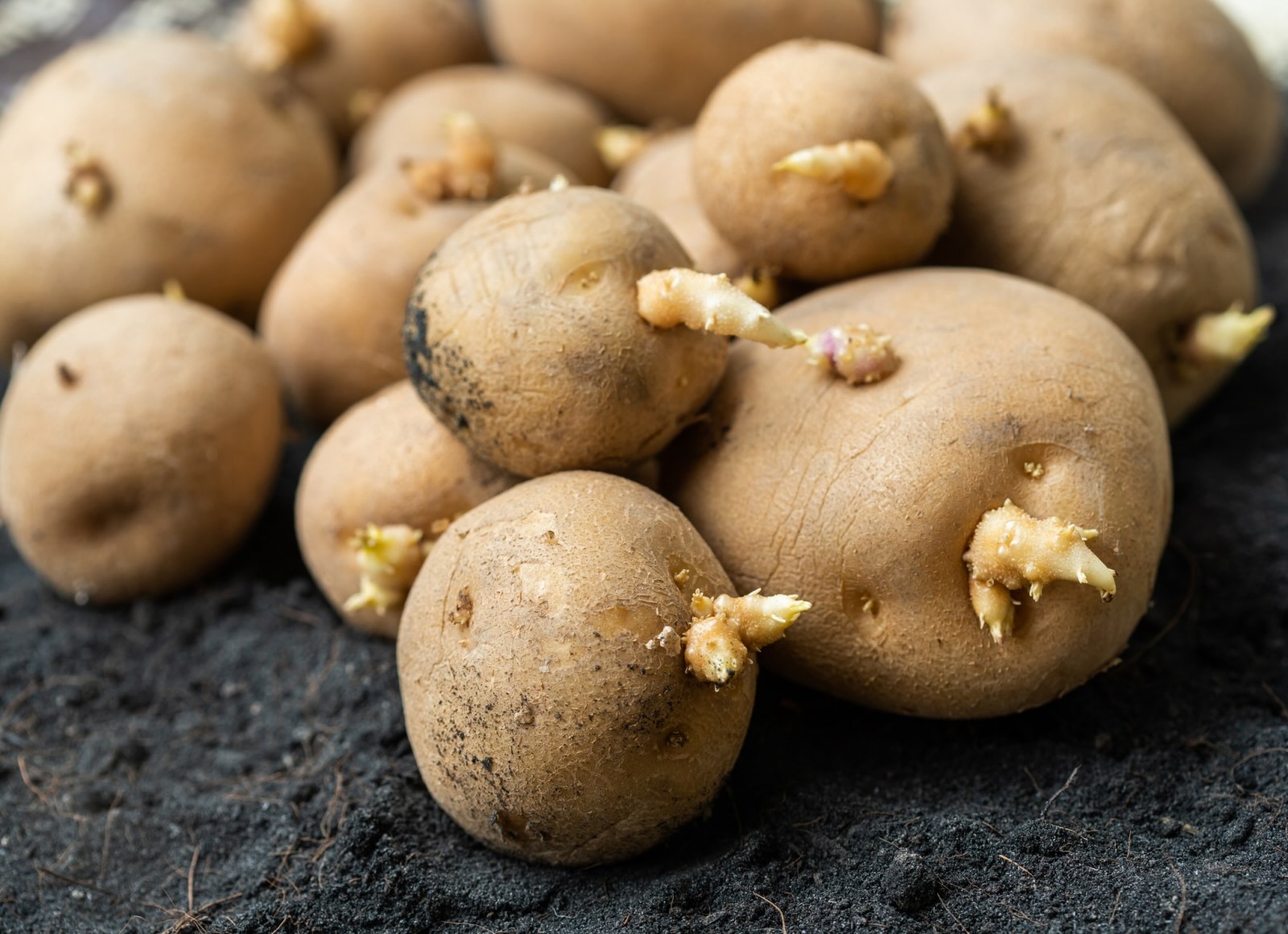
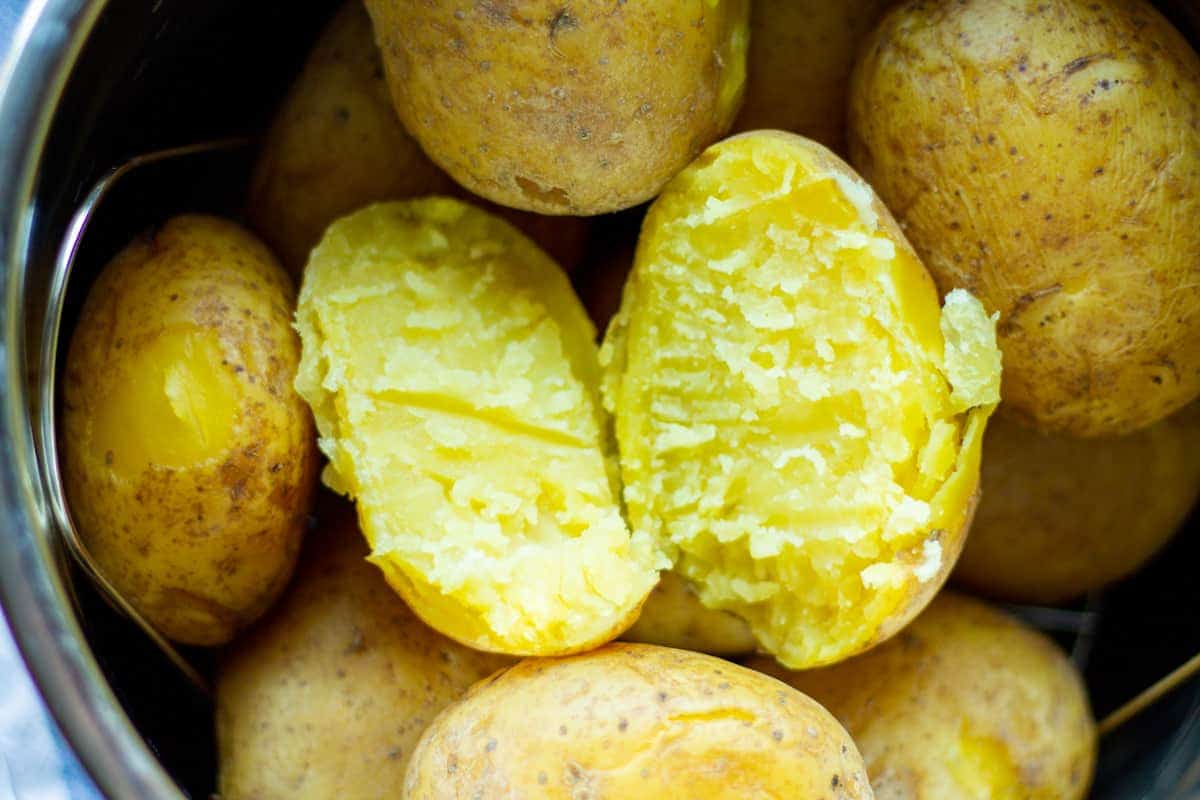

0 thoughts on “How To Dehydrate Sweet Potatoes Without A Dehydrator”